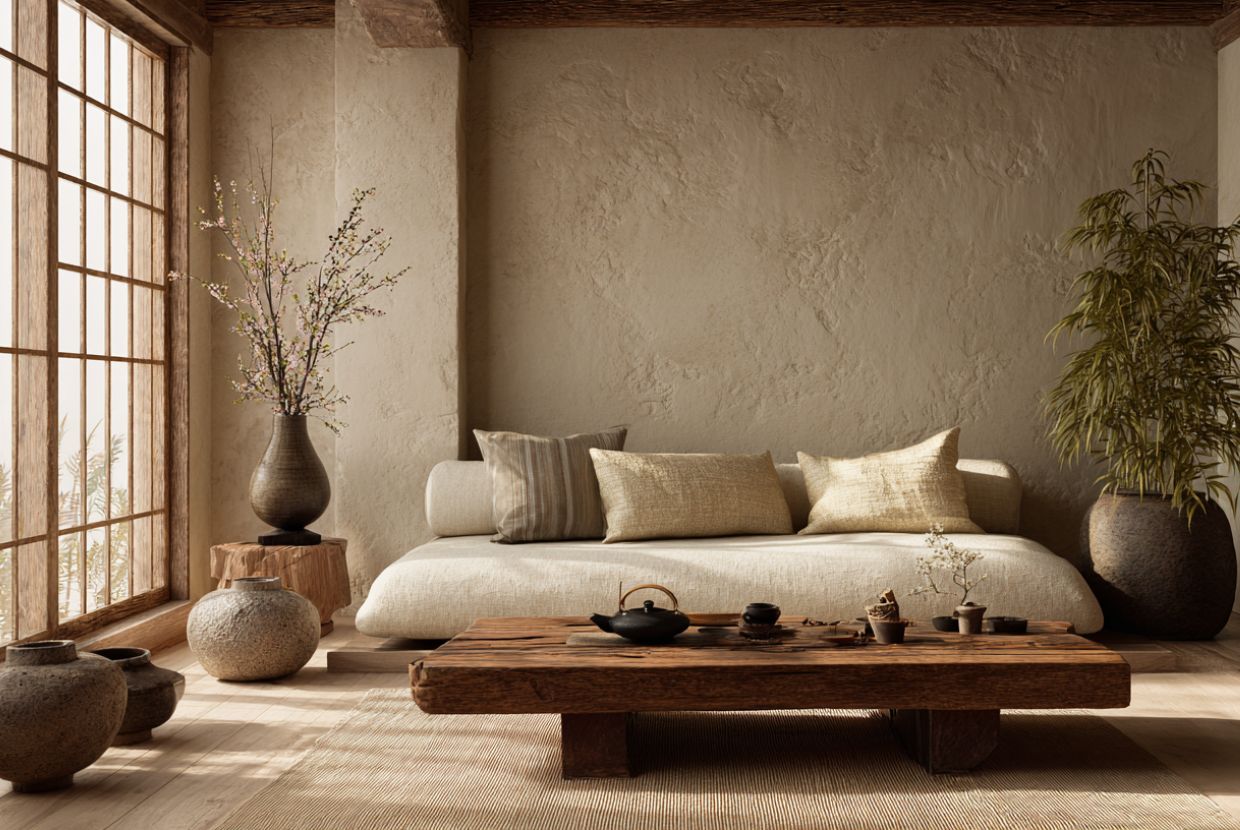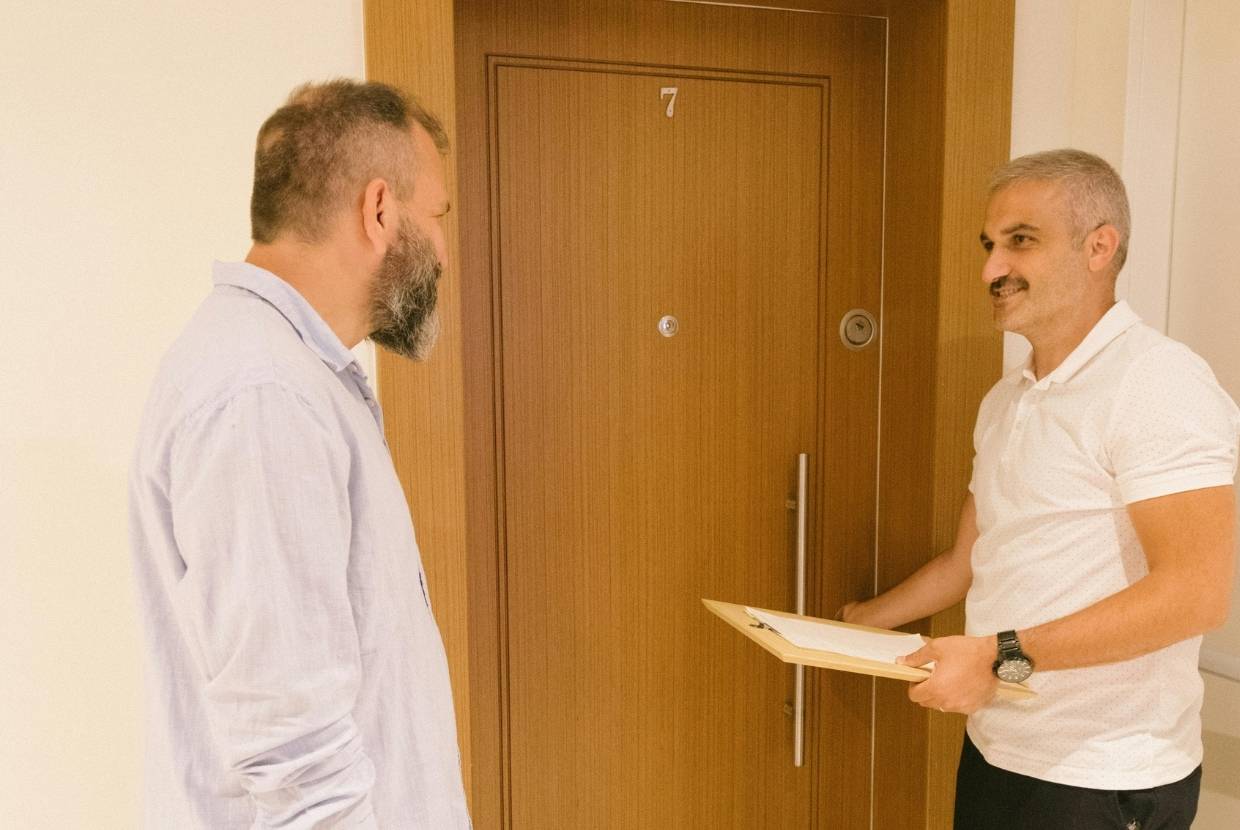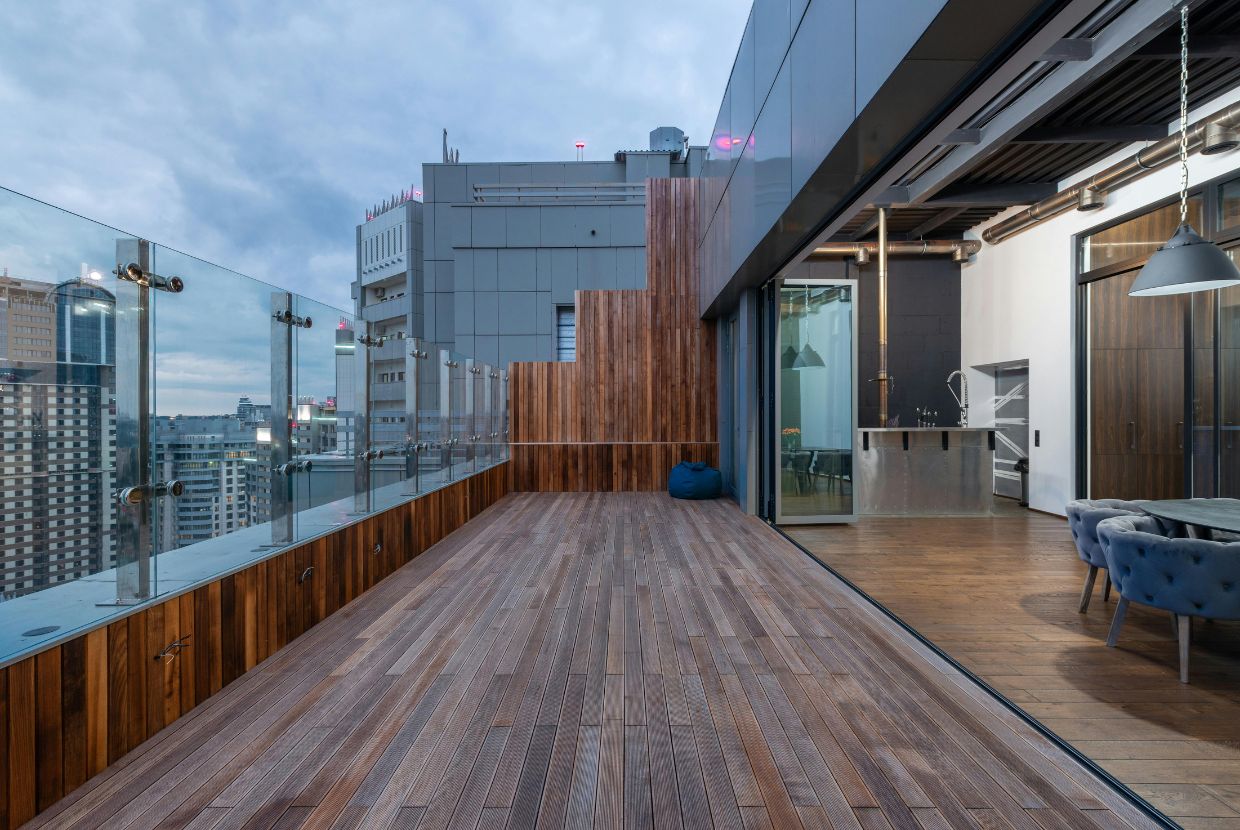More and more people, when thinking about renovating their homes or giving them a new look, come across an idea that seems to go against the grain: the Wabi Sabi style. Far from the glitter, perfect lines, and obsession with the latest trends, this Japanese approach proposes something very different. It appreciates what ages gracefully, what has a history, what doesn't need to be disguised to be beautiful.
It's not just another trend. It's a different way of looking at spaces—and life—with more calm and attention. Throughout the text, we'll explore how to incorporate the Wabi Sabi style into a renovation, what materials and choices define it, and why it can be a move that transforms more than just the design: it changes the way we live.
What is Wabi Sabi style and why is it resonating so much?
In Japan, Wabi refers to simplicity, humility, and a connection with nature. Sabi, on the other hand, speaks of the beauty that only appears with the passage of time: marks, cracks, wear and tear. When combined, these two concepts form a profound perspective that recognizes value where others only see flaws.
In the face of a culture focused on rapid consumption, where everything expires quickly, the Wabi Sabi style proposes a pause. It encourages us to surround ourselves with objects that speak to us, that have texture, that aren't all the same. And this, of course, is also reflected in the renovations. Because living in a space like this—more sincere, more real—is something that is increasingly sought after.
Keys that define the Wabi Sabi style
Applying this approach at home isn't about following a rigid list of rules. It's more of an attitude. Still, there are certain elements that are often repeated because they help create that special atmosphere.
Noble and textured materials
There's no room for plastic or overly polished finishes here. Stone, untreated wood, fired clay, and fabrics like linen and cotton are the focus. Everything maintains its natural appearance, even when it means revealing imperfections. In fact, that's precisely what's being celebrated.
Palettes that don't tire
The Wabi Sabi style favors colors that seem to come straight from the earth: beiges, muted grays, antique white, light browns, moss green... Shades that don't overwhelm or seek to draw attention. They create a calm and quiet foundation from which everything else can breathe.
The handmade and the lived
You don't have to buy everything new. In fact, it's just the opposite. Handcrafted pieces, with their small irregularities, or furniture marked by time play a leading role in this style. A vase with crooked edges or a table scratched by age tell stories that no factory-made object can match.
Unfilled spaces
It's not about emptying everything or living with just the bare minimum, but rather about leaving out what's unnecessary. In Wabi Sabi style, each object has a reason to be there: it can be useful, have emotional value, or simply be beautiful in its own way. The rest... it's better to leave it out.
How to bring Wabi Sabi style to a complete renovation
You don't have to start from scratch to create a home with this spirit. You can work with what's already there, making conscious and honest decisions. Here are some ideas that can serve as a starting point:
Show the history of the place
If you live in an old house, don't hide its marks. Leave them visible. Exposed brick walls, worn beams, floors scarred from wear and tear... it all adds up. It doesn't have to be perfect: sometimes, just clean and preserve.
Opt for breathable materials
Natural wood floors, limestone coatings, mineral paints, or raw cement are great allies. Not only for their aesthetic appeal, but because they allow surfaces to breathe. And that also translates into well-being.
Soft light, not strident
Forget about white lights or lamps that are too cold. The idea is for light to be a companion, not an intruder. Linen shades, warm bulbs, and plenty of natural light during the day make all the difference.
Objects with emotional charge
You don't have to fill your shelves. With an antique vase, a deliberately placed dried branch, or a hand-woven blanket, you can create a corner with soul. Not everything has to be new or expensive to have value.
Why Wabi Sabi style can improve your everyday life
The impact of living in an environment designed with this philosophy goes far beyond the visual. It directly affects how we feel. Here are some reasons why:
- It reconnects you with your home: When you choose objects that say something about you, the space stops being merely functional and becomes a refuge.
- Less noise, more calm: Reducing the unnecessary and surrounding yourself with soft textures and dim lighting creates an environment that invites tranquility.
- It is more respectful of the planet: Recycling instead of buying, using natural materials, avoiding industrial processes… these are decisions with real impact.
- Change your way of looking: A crack, a shadow on a rough wall, a worn piece of furniture can become focal points. And that changes the perspective.
Two royal renovations with Wabi Sabi style
Wabi Sabi isn't just theory. There are very concrete examples that show how it can be adapted to modern life.
- Casa Wabi in Mexico: A design by Tadao Ando where concrete meets wood and nature. An example of how austerity can have a powerful beauty.
- Jon Kortajarena's house in Lanzarote: He himself transformed it into a space where sought-after imperfection reigns: exposed concrete, reclaimed furniture, and a warmth that's hard to fake.
Styles that dialogue with Wabi Sabi
Wabi Sabi can be combined with other ways of understanding the home that go in the same direction:
- Japandi: A fusion of Japanese and Scandinavian styles. Functional and warm minimalism.
- Slow living: More than a trend, a philosophy. Less rush, more presence.
- Indoor Rewilding: Bringing natural life back into the home: plants, untreated wood, stones... reminding us that we are nature too.
Tecnic Project and your home with soul
If you're looking for more than just a renovation, but a real transformation of your living space, the Wabi Sabi style can be a great starting point. At Tecnic Project, we work with real spaces, with history, with texture. We make comprehensive reforms in Mallorca and we believe that every project needs to be heard before it begins.
We don't believe in one-size-fits-all solutions. Every home, every client, every corner deserves its own unique attention. If you want a home that feels like a respite, where design serves your well-being and not the other way around, write to us. We can work together to create a project that's not just aesthetically pleasing, but meaningful.




